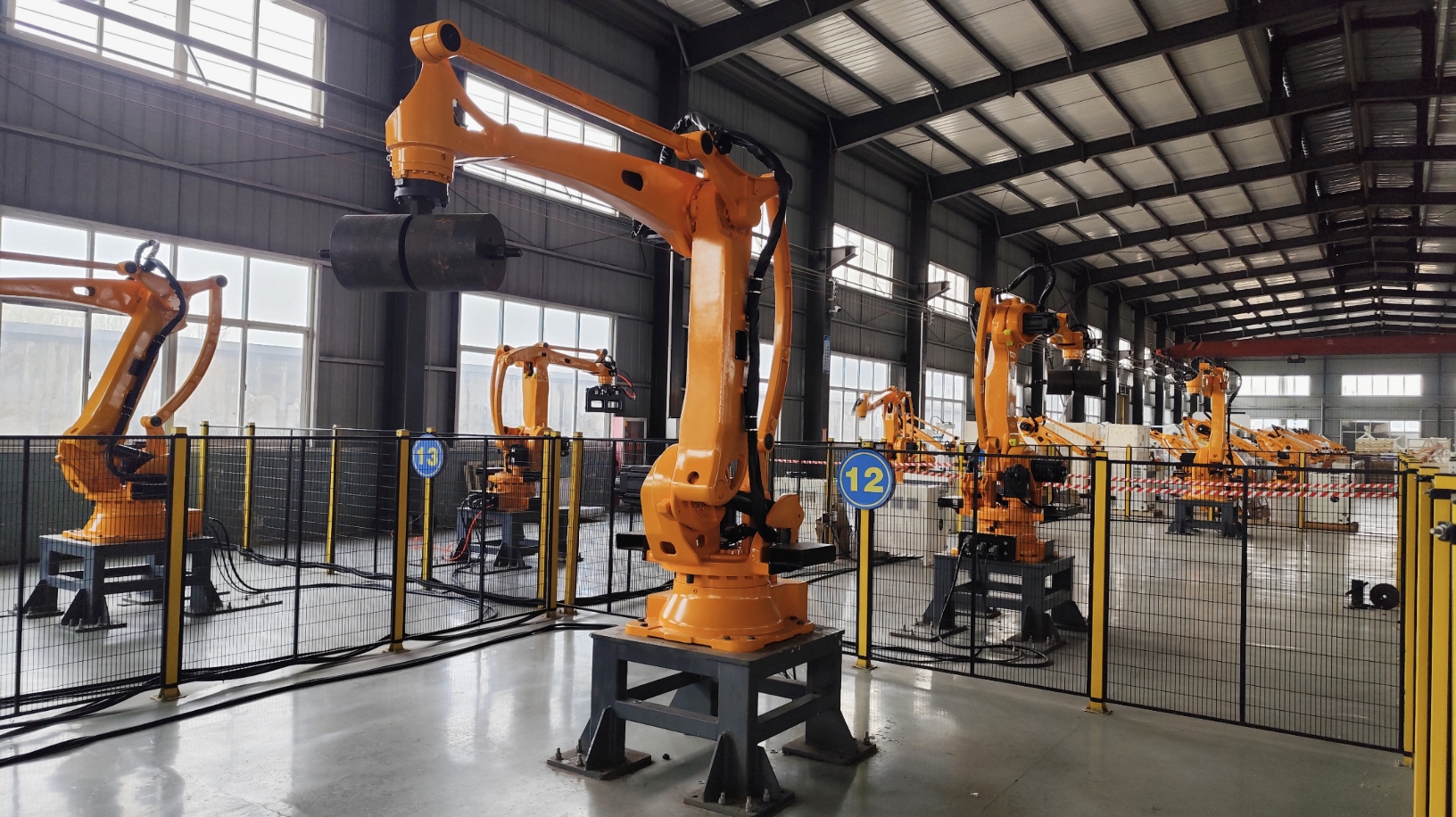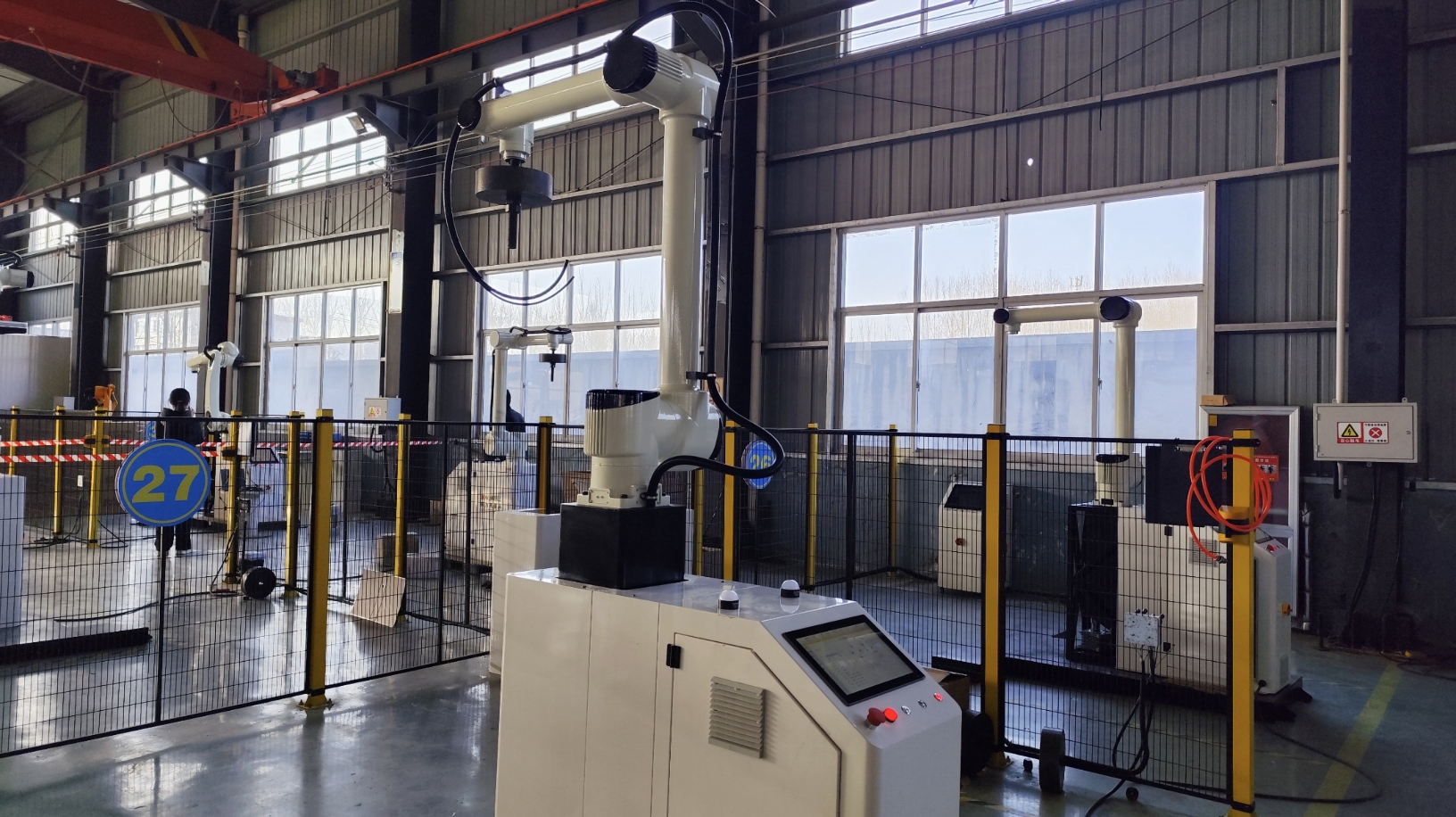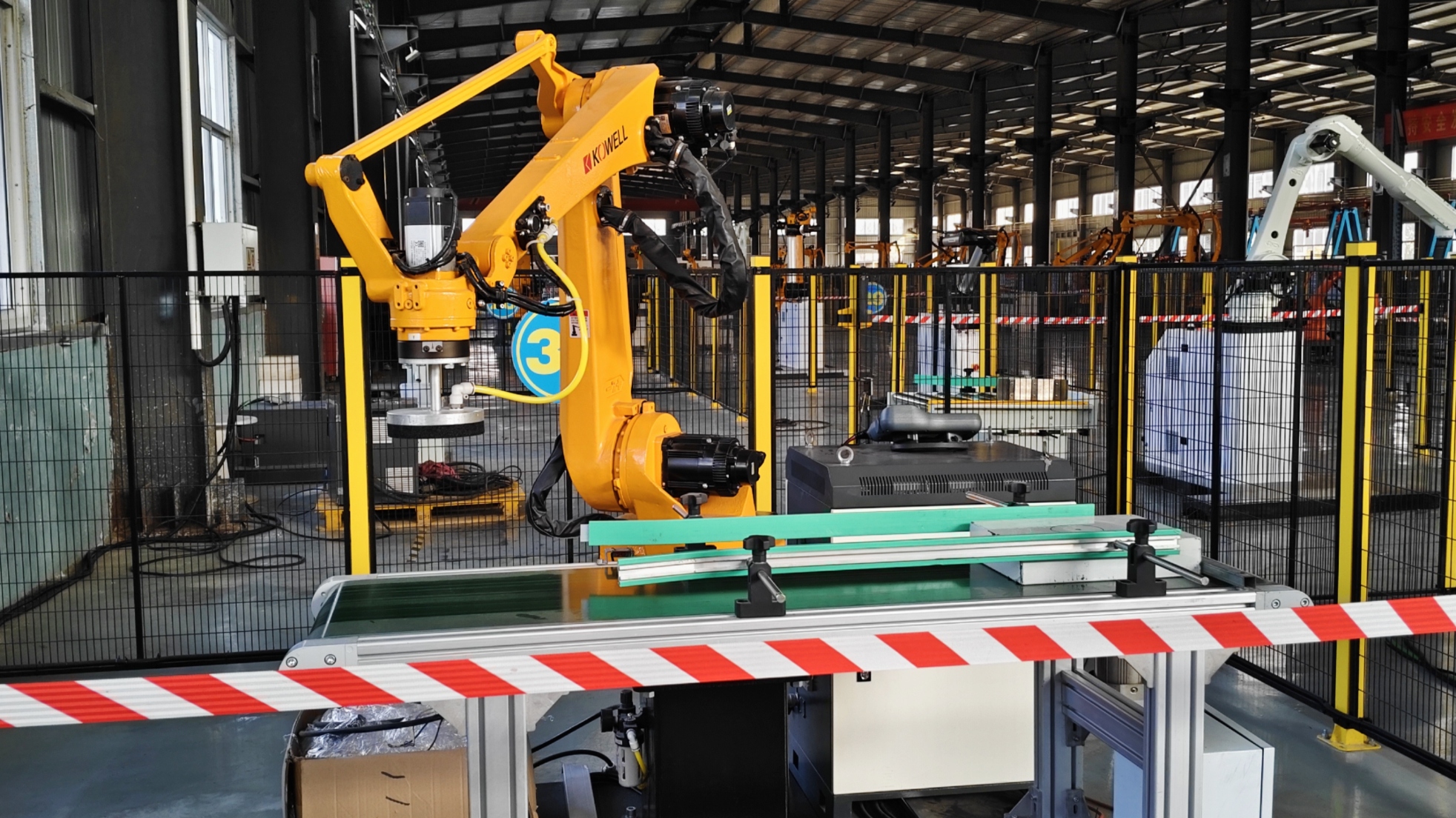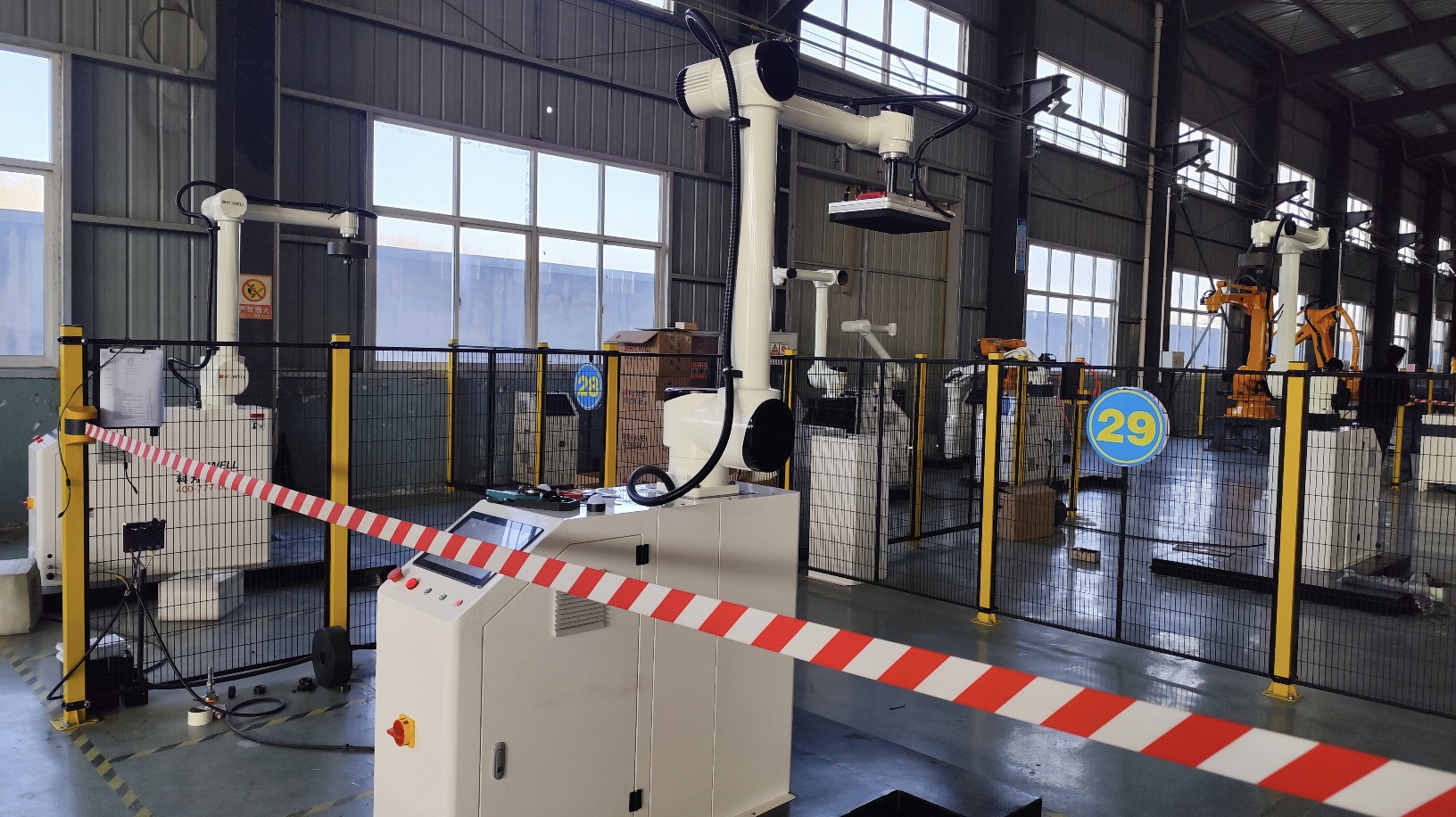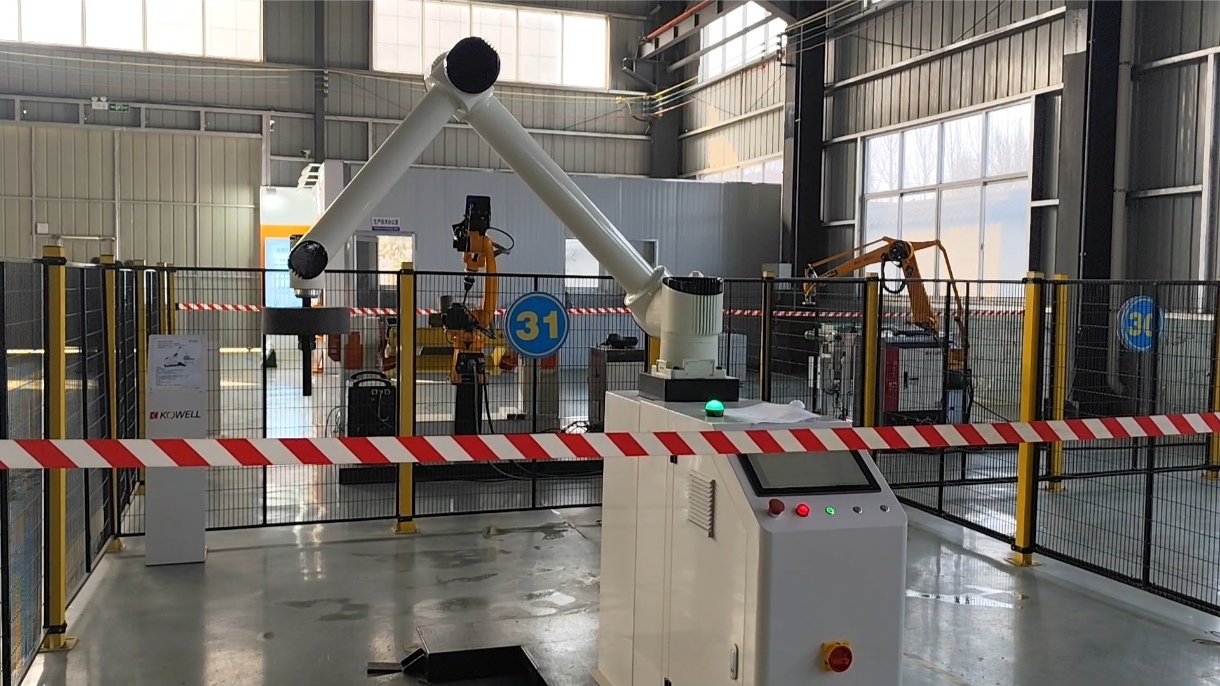Against the backdrop of global manufacturing intelligence upgrades, flexible production and efficiency synergy are becoming key elements of corporate competition. As an important support for the modern manufacturing system, multi-axis robotic arms, with their high degree of freedom, precise control and wide adaptability, are driving the production model towards a more flexible and intelligent direction. The application of such intelligent equipment in various fields is reshaping the entire industrial chain and bringing far-reaching impacts to the manufacturing industry.
1. How do multi-axis robotic arms improve manufacturing efficiency?
The traditional production model relies too much on the workers' operation and their own experience, and it is often difficult to complete some more complex manufacturing tasks. The addition of multi-axis robotic arms has changed this situation. Its flexible movement ability and highly automated characteristics enable it to shine in task scenarios such as handling, palletizing, and welding.
1.Higher flexibility
The design of the multi-axis manipulator makes it closer to the movement ability and characteristics of human hands, which also enables it to adapt to a variety of production process requirements. Based on different task requirements, the robotic arm makes corresponding adjustments so that it can handle different types of work tasks without making major changes. It only needs to debug the system and replace the end effector.
2.Faster response speed
Unlike traditional mechanical equipment, industrial robotic arms can quickly switch between various tasks through preset system programming, thereby shortening production time and improving production efficiency. This means that this flexibility helps companies better adapt to market demand and stand out in industry competition.
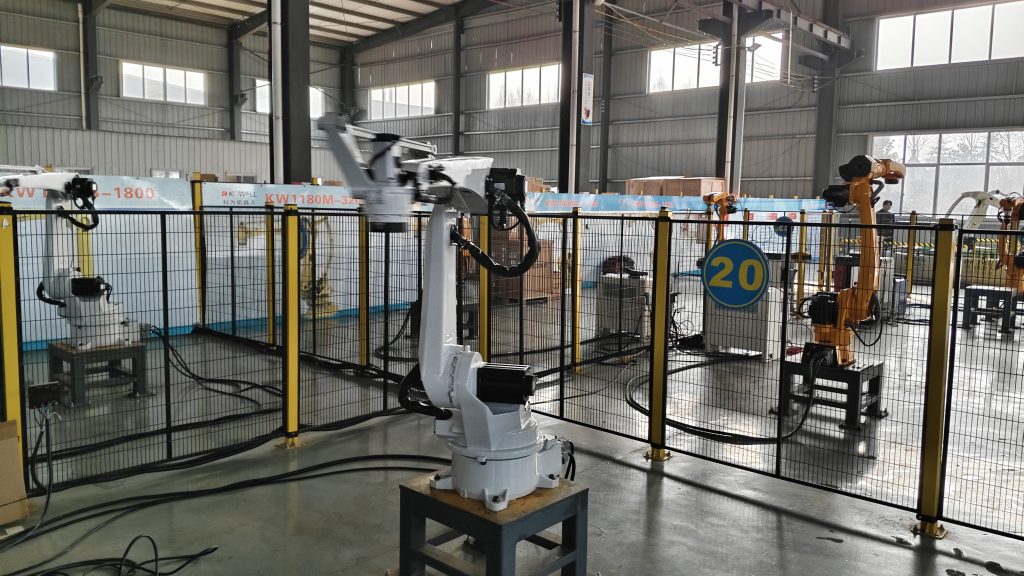
2. Smart Manufacturing Upgrade: How Robotic Arms Optimize the Industrial Chain
- Flexible Production Promotes Supply Chain Optimization
The traditional manufacturing model relies on mass production to reduce unit costs, but in the face of the growing market demand for personalized products, companies need more flexible production methods. The widespread application of multi-axis robotic arms enables companies to achieve flexible production of small batches and multiple varieties without reducing production efficiency.
- Human-machine collaboration mode optimizes production processes
Despite the continuous improvement of automation, the "unmanned factory" model that replaces manual labor still faces challenges. At present, the application of multi-axis robotic arms is more inclined to work with workers to achieve an efficient production model of human-machine collaboration.
This human-machine collaboration model enables manufacturing companies to maintain flexibility while giving full play to the advantages of intelligent equipment to achieve cost reduction and efficiency improvement.
- Accelerated collaboration between upstream and downstream of the industrial chain
With the deep integration of multi-axis robotic arms and digital technology, the data chain of the manufacturing industry has been further optimized. Through the industrial Internet platform, the operation data of the robotic arm can be transmitted to the cloud in real time for upstream and downstream companies to analyze and adjust.
This data-driven industrial chain collaboration model makes the entire manufacturing system more agile and reduces the lag and uncertainty of the traditional supply chain.
3. Future Outlook: How Multi-axis Robotic Arms Promote Changes in the Manufacturing Industry
1.Enhanced Self-learning Ability of Robotic Arms
The future multi-axis robotic arms will have stronger self-learning and autonomous decision-making capabilities, and will be able to continuously optimize their own actions based on historical data to improve operating efficiency. For example, through deep learning algorithms, robotic arms can automatically adjust the gripping force and path planning to adapt to different production environments.
2.Low-cost, highly adaptable popularization applications
With the maturity of technology and the reduction of costs, the application of multi-axis robotic arms will not only be limited to large manufacturing companies, but will penetrate into small and medium-sized enterprises, promoting the intelligent upgrading of the entire industry. Especially in labor-intensive industries, the popularization of robotic arms will effectively alleviate the problem of labor shortages and improve corporate competitiveness.
Conclusion: Welcome the New Era of Intelligent Manufacturing
The widespread application of multi-axis robotic arms has not only improved the production capacity of manufacturing companies, but also promoted the optimization of the entire industrial chain. It is not only an execution unit, but also an important part of the intelligent manufacturing system, which is accelerating the development of the manufacturing industry towards intelligence, flexibility, and collaboration.
In the future manufacturing competition, companies that can use intelligent equipment, optimize supply chains and achieve flexible production will occupy a more advantageous position in the global market. In the face of this industrial transformation, companies need to actively embrace new technologies, use intelligent manufacturing as an engine, and embrace a more efficient and intelligent future manufacturing era.
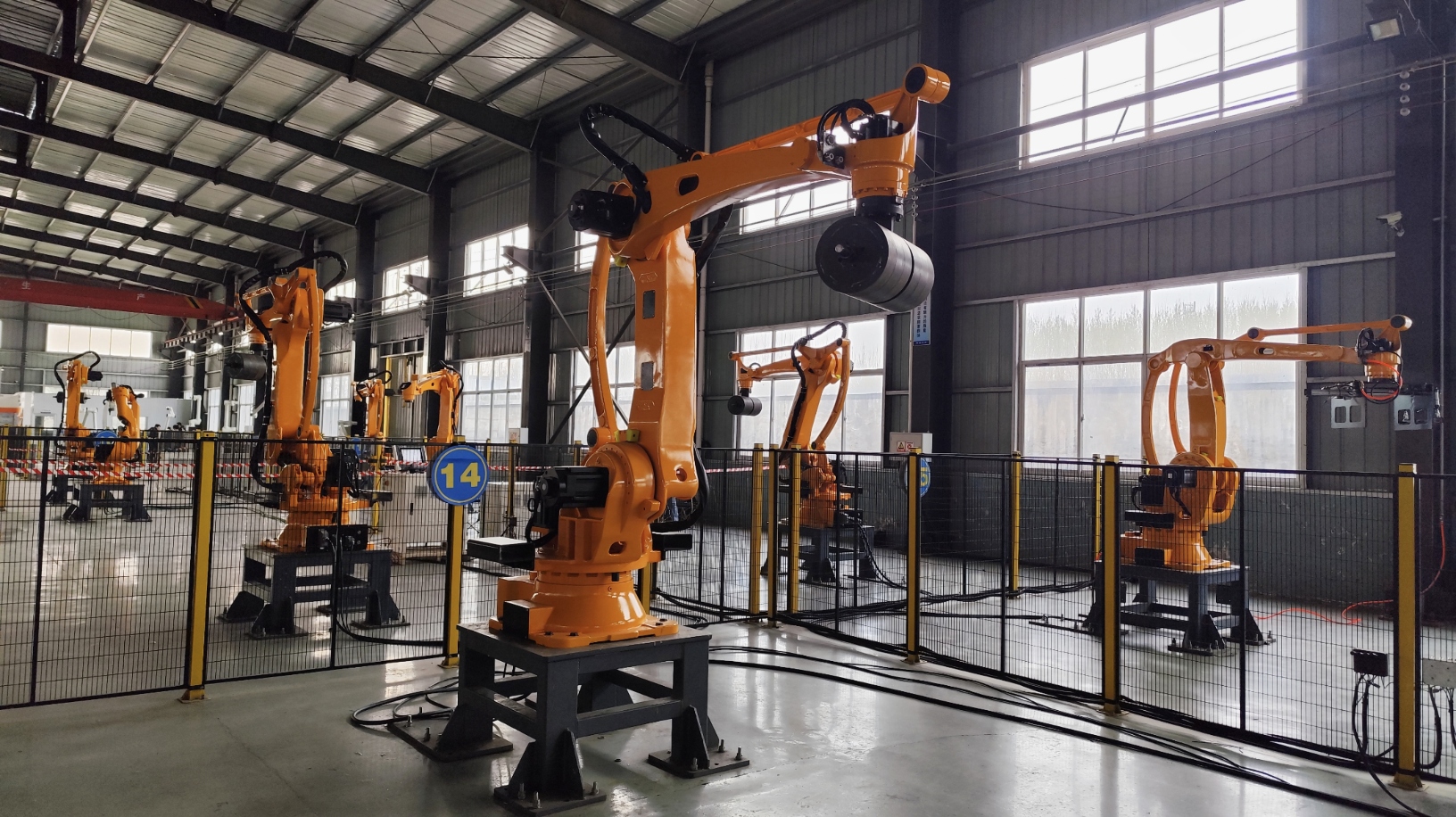
Online Consultation
Hello, the current customer service is offline. You can leave your contact information and the staff will respond to you as soon as possible!


